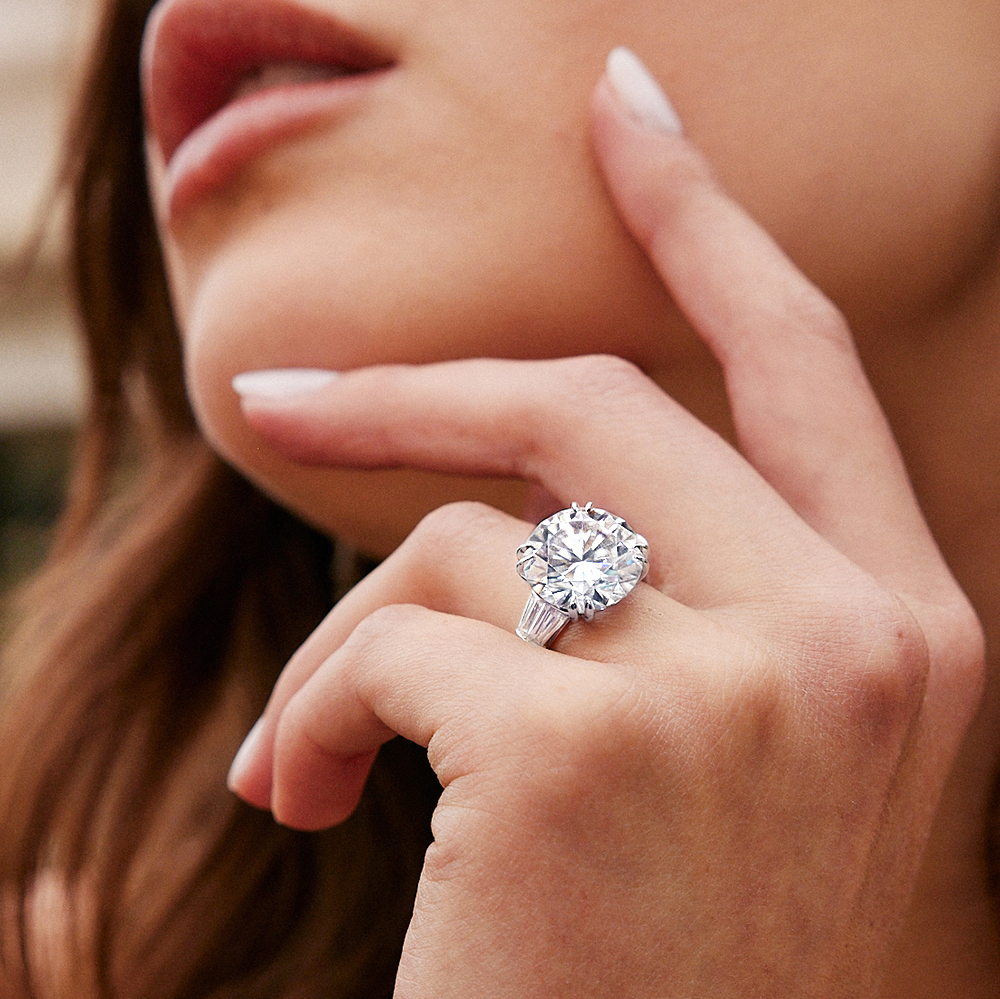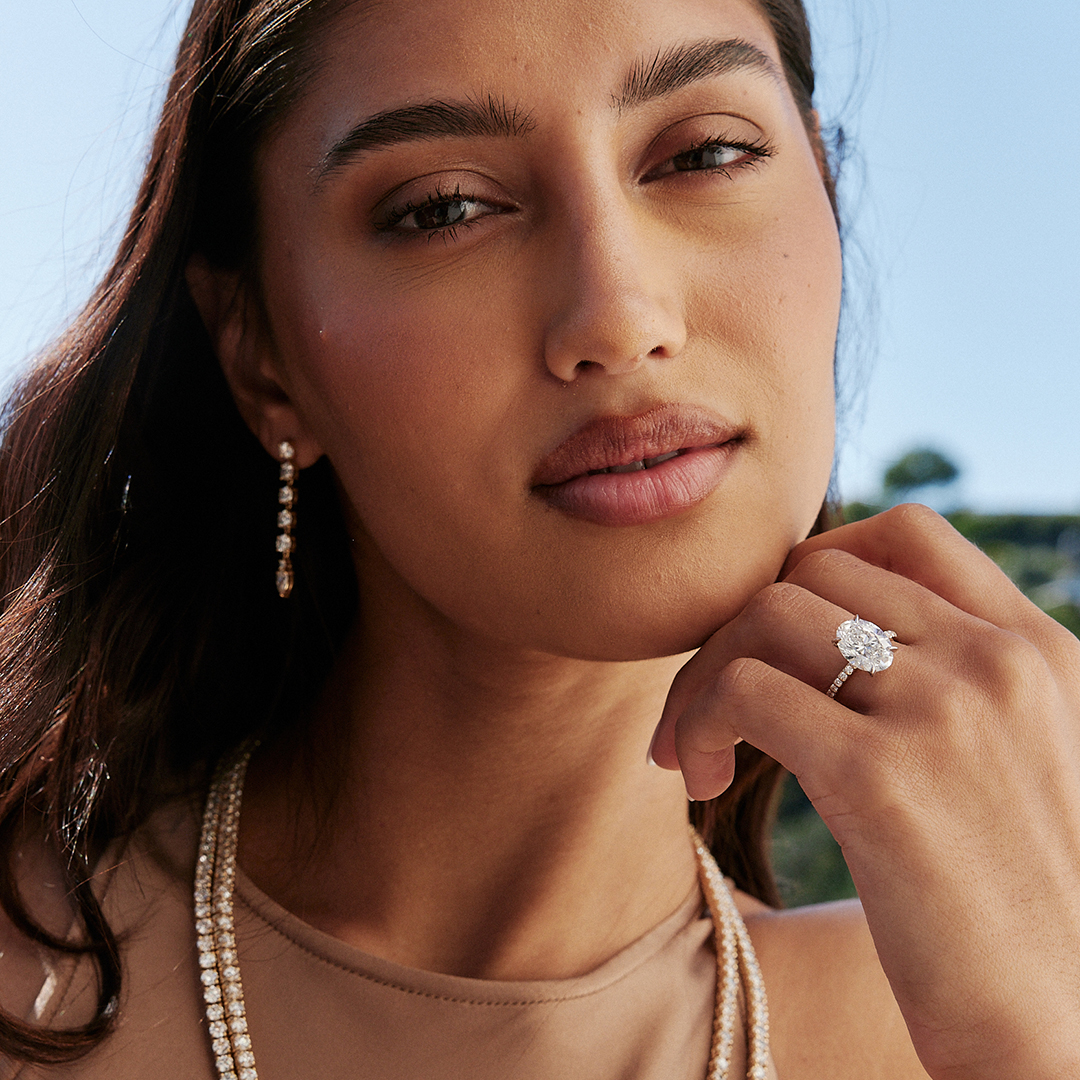/filters:format(webp)/app/uploads/2024/05/19093949/toni-labgrown-desktop-scaled.jpg)
/filters:format(webp)/app/uploads/2024/05/19093949/toni-labgrown-desktop-scaled.jpg)
/filters:format(webp)/app/uploads/2024/05/24094452/toni-in-white-wearing-butterflies.jpg)
Lab-grown diamonds are created in a controlled environment using cutting-edge technology and have identical chemical, physical, and optical properties to diamonds mined from the earth. Grown diamonds begin as carbon seeds, and as heat and pressure are applied through Chemical Vapor Deposition (CVD) or High-Pressure High Temperature (HPHT) growing methods, the seed grows to form a rough diamond, which is then cut and polished into gems.
There are many things to consider when looking to purchase a diamond. The 4Cs of Diamond Quality is the universal method for assessing the quality of any diamond, anywhere in the world. Whether shopping for a mined diamond or a lab-grown diamond, the 4Cs are the same.
We often think of a diamond’s cut as its shape, such as round, cushion, or oval, but a diamond’s cut refers to how well its facets interact with light. The quality of a cut is defined by proportions and symmetry — as these characteristics have a tremendous impact on a diamond’s sparkle, brilliance, and fire. Cut grades range from poor to excellent, with excellent being the best cut possible.
A perfect diamond is completely transparent, having no hue or color. The absence of color is graded on a D-through-Z scale; D is colorless, and Z has the most color. D, E, and F diamonds are colorless, and G, H, and I are considered near colorless. These distinctions are often so subtle that they are invisible to the untrained eye; however, a diamond’s color grade can have a large impact on both appearance and price.
A diamond’s clarity depends on the absence or presence of inclusions and blemishes. Imperfections can range from imperceptible to the naked eye to obvious flaws in the gem and are classified into six major categories:
The diamond carat weight measures how much a diamond weighs. A metric “carat” is defined as 200 milligrams. Carat weight is typically displayed as either a fraction or decimal and is sometimes referred to as points. Each carat is subdivided into 100 points. This allows for very precise measurements to the hundredth decimal place. For example, a diamond weighing 0.50 carats could also be called a fifty-pointer. All else being equal, diamond price increases with carat weight. However, 100 points of diamonds are not equivalent to a single 1.00-carat gem in price or value.
Our Caydia® lab-grown diamonds are chemically, optically, and physically identical to their earth-mined counterparts; the only difference is their origin. Loosely translated to mean pure diamonds, Caydia® lab-grown diamonds deliver the same beauty and brilliance as mined diamonds without impacting Mother Earth.
When it comes to our gems, we set the bar high, and we believe you should, too. Our Caydia® lab-grown diamonds are meticulously hand-selected by certified gemologists, ensuring a minimum VS1 clarity, excellent cut, polish, and symmetry. With a range of colorless D, E, F, and near-colorless G, we only offer the finest lab-grown diamonds in our fine jewelry.
We use cookies to personalize your experience on our site, measure the effectiveness of ads and web searches, and give us insights into user behavior so we can improve our communications and products. By clicking “Agree”, closing this popup or continuing to browse, you indicate your agreement to our use of cookies per our Cookie Policy.
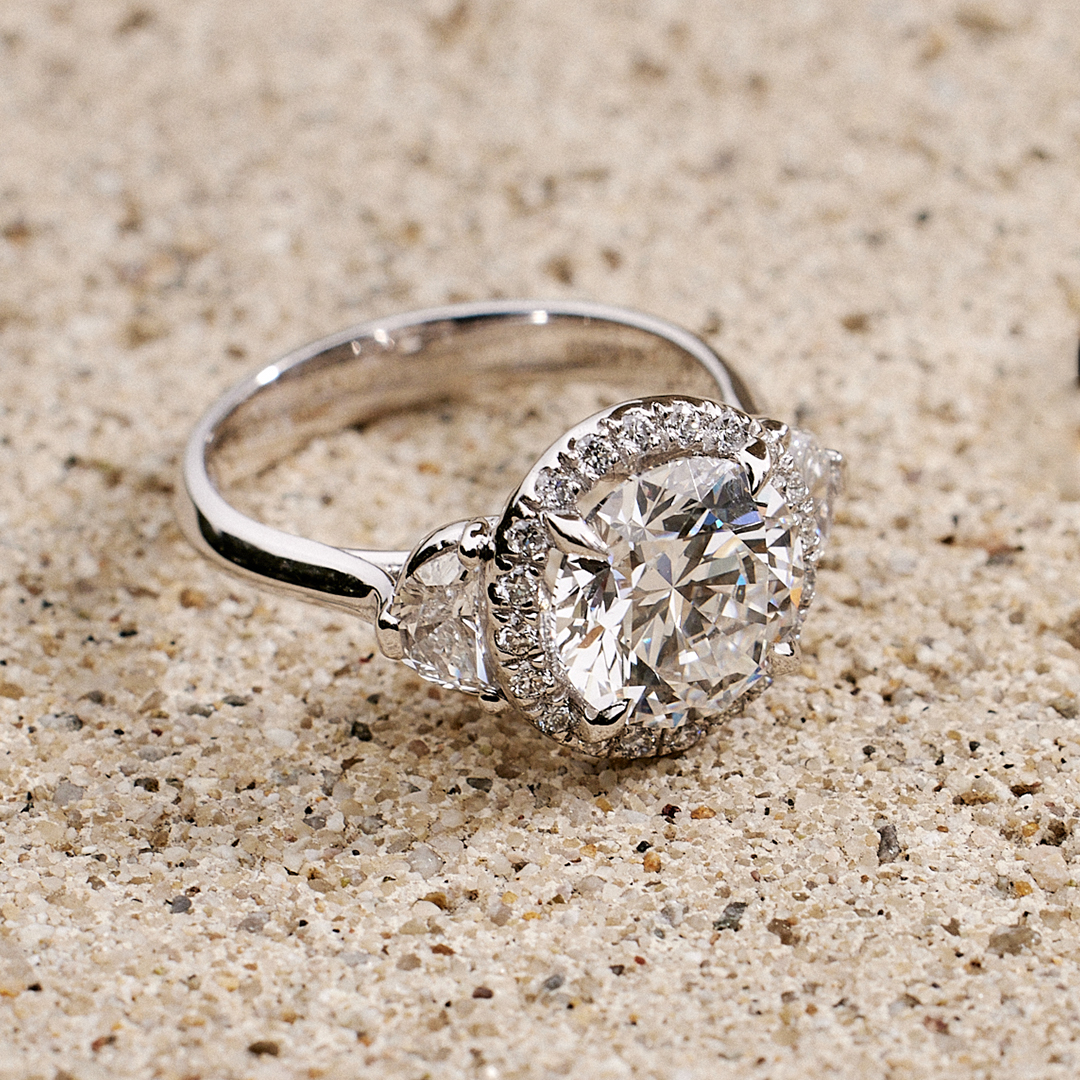

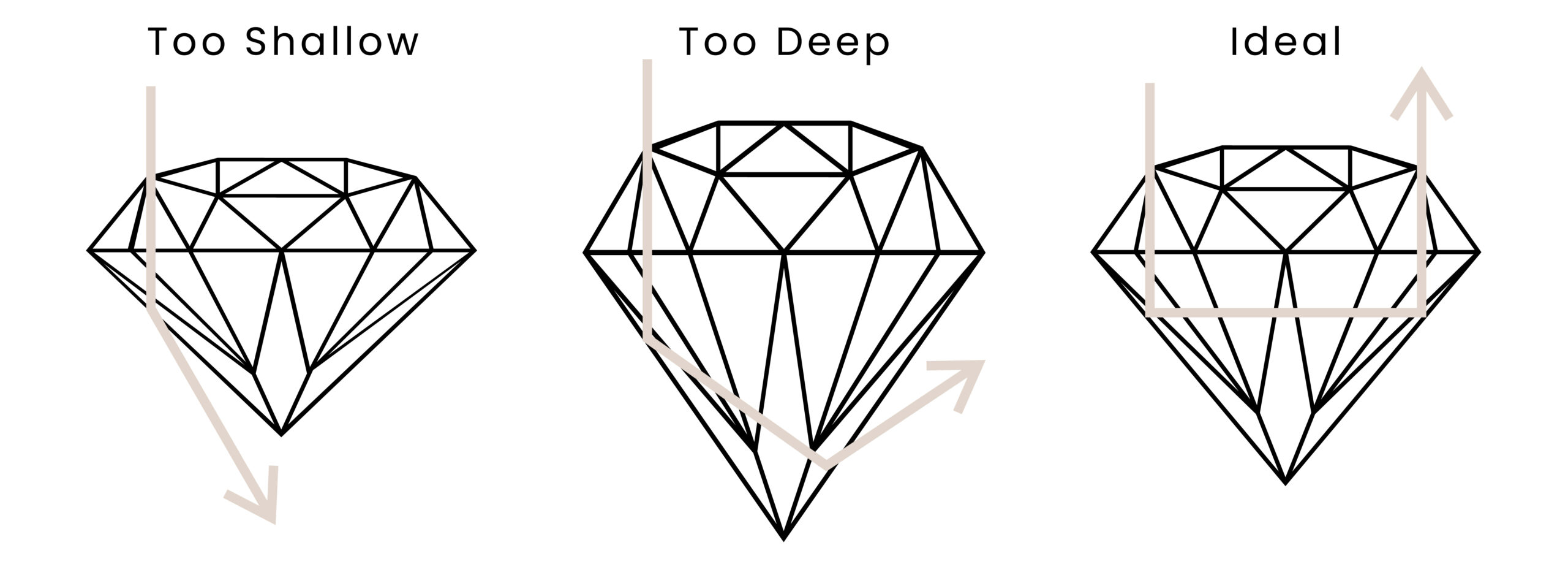
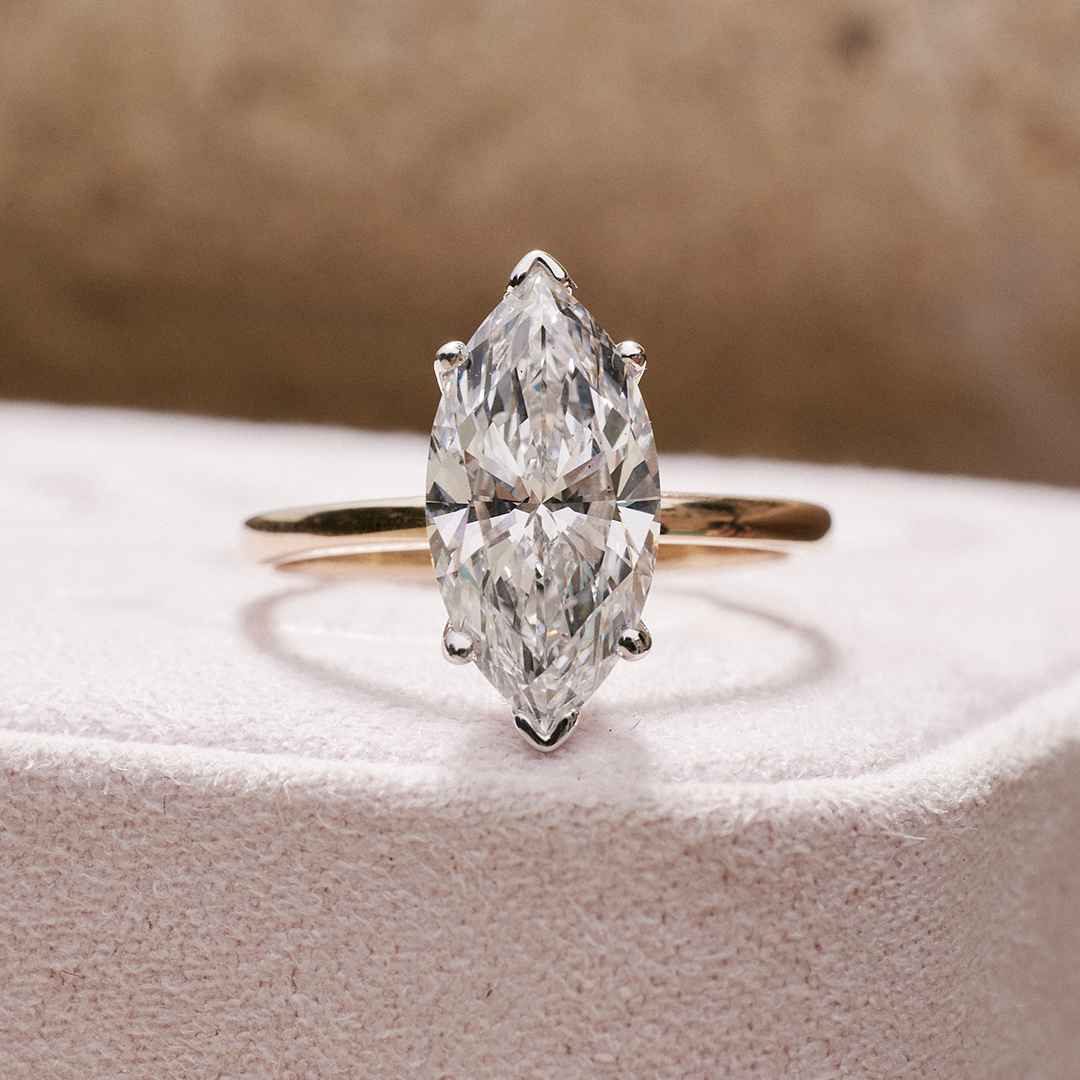

/filters:format(webp)/app/uploads/2024/05/12094714/Diamond_Illustrations_Color-1-scaled.jpg)
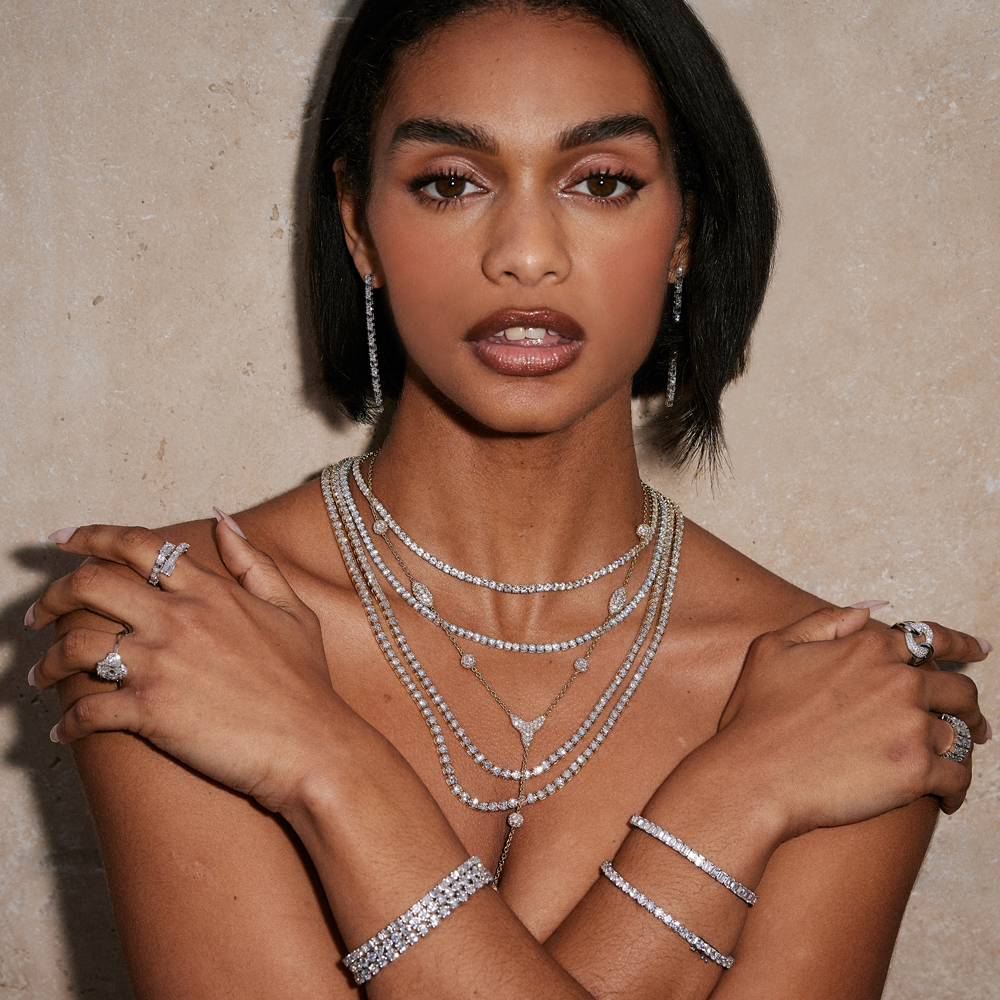
/filters:format(webp)/app/uploads/2024/05/12094711/Diamond_Illustrations_Clarity-1-scaled.jpg)
